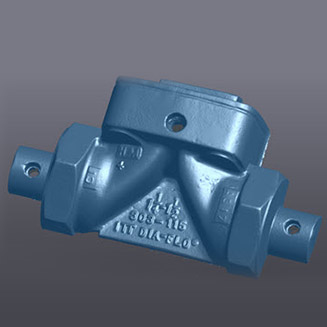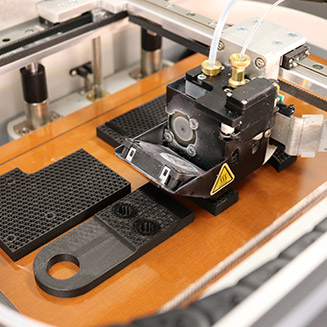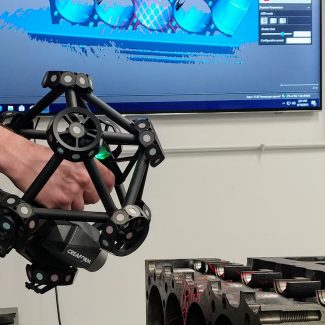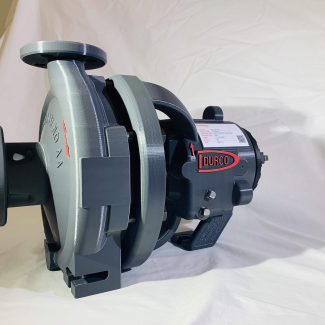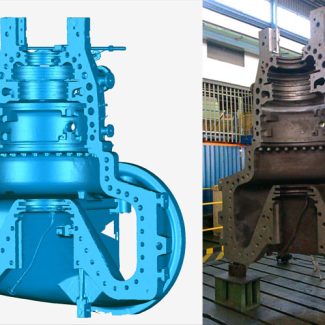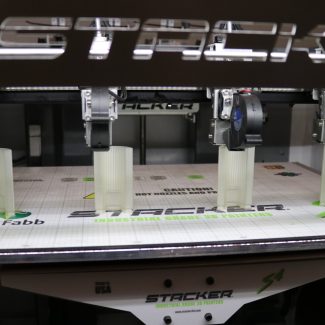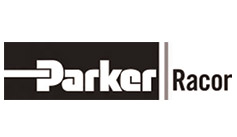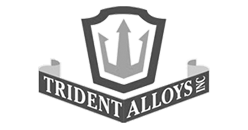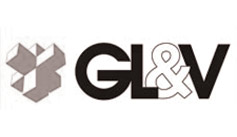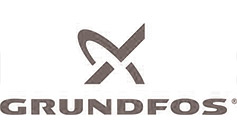Lost Foam vs Investment Casting
In the metal casting industry, investment casting and lost foam casting are two widely utilized techniques. With the exception of using foam for the pattern rather than wax, the lost foam casting method is similar to investment casting. There are notable differences between the two procedures, and you need to understand the difference to determine which option is right for you. Here’s a look”
What is Lost Foam Casting?
Lost foam casting is a new and contemporary technique. First, create foam designs, which is made made of polystyrene, and glue them together to create pattern clusters. Furthermore, apply refractory paint to the foam clusters and allow them to dry. Melted metal is poured into the mold after the coated pattern is embedded in sand.
The foam evaporates due to the metal’s heat, and the molten metal fills the space and solidifies to produce the finished casting. Non-ferrous metals like copper alloys and aluminum are frequently cast via lost foam casting.
What is Investment Casting?
Lost wax casting is another name for investment casting. A wax or thermoplastic design is made in investment casting and then covered in a ceramic shell. Wax is removed from the coated design by heating it, creating a hollow in the ceramic shell.
The final casting is then formed by pouring molten metal into the shell to fill the cavity. A variety of materials, including ferrous metals, titanium, aluminum, and steel, are cast via investment casting.
Lost Foam vs Investment Casting
Let’s compare some of the main factors in both types of castings:
Intricacy and Detailing
- Lost foam casting: Compared to investment casting, this method is simpler and involves fewer procedures. However, the final product requires little machining. With the addition of design elements like logos, it is capable of producing even more complex designs.
- Investment casting: Creating wax patterns, assembling, creating shells, dewaxing, and casting are some of the complex processes involved in investment casting. Investment Castings are also capable of capturing minute details and have a superb surface polish. When it comes to intricate patterns, investment casting may not be as flexible as lost foam casting, but it still gives considerable design freedom.
Production and Cost
- Lost foam casting: Lost Foam casting is frequently used in lower to medium production levels since foam pattern creation is time-consuming and expensive. Because of shell construction, pattern handling, and scrap expenses, processing and tooling costs are higher.
- Investment casting: Investment casting often has a greater tooling cost since it is utilized for low and high production quantities. Larger volumes of complicated, high-quality castings may be produced with this procedure. Large production runs may result in greater costs because the process is far more challenging.
The Bottom Line
The methods of lost foam casting and investment casting are comparable in that they both employ patterns to create ceramic shells that will contain the molten metal while it is being cast into components.
Both techniques may be utilized to manufacture both basic and complicated items, and the resultant parts seldom need extra machining. The casting project’s needs, such as design complexity, production volume, material selection, and cost considerations, will determine the best approach. Contact us for more information.

